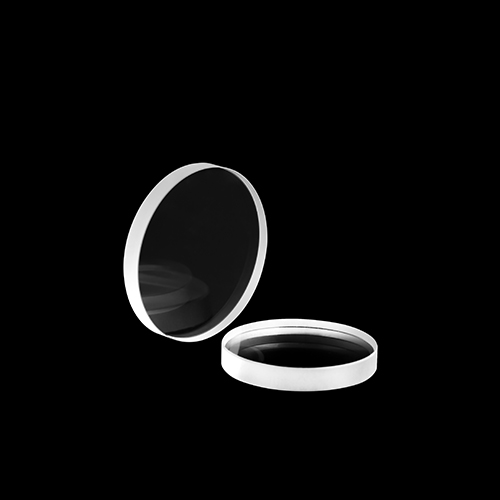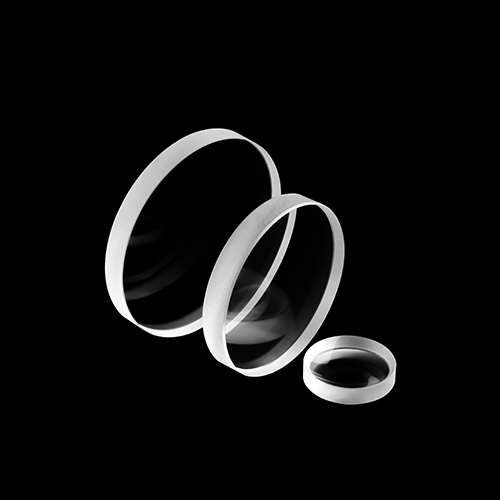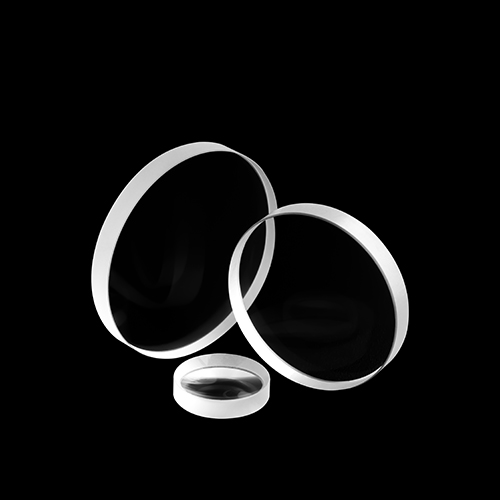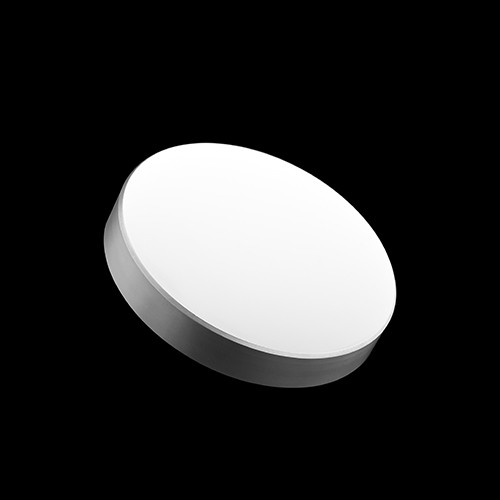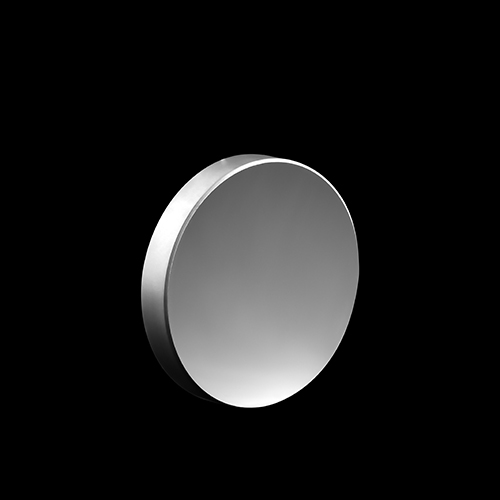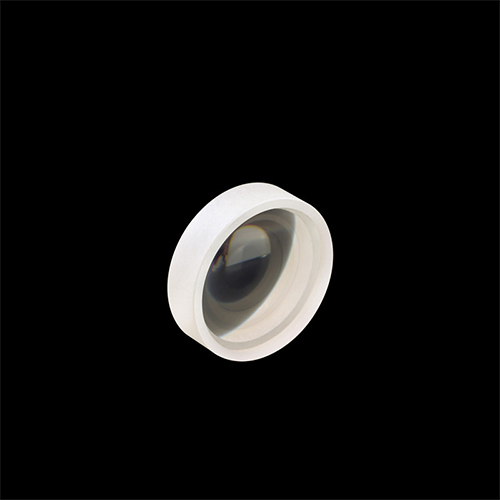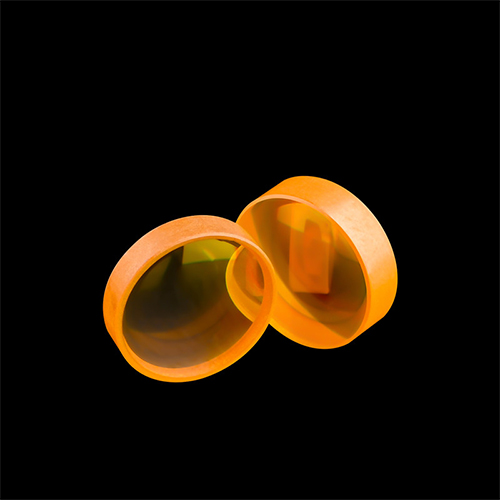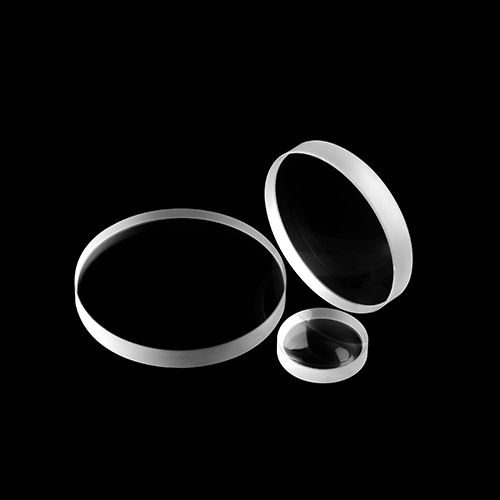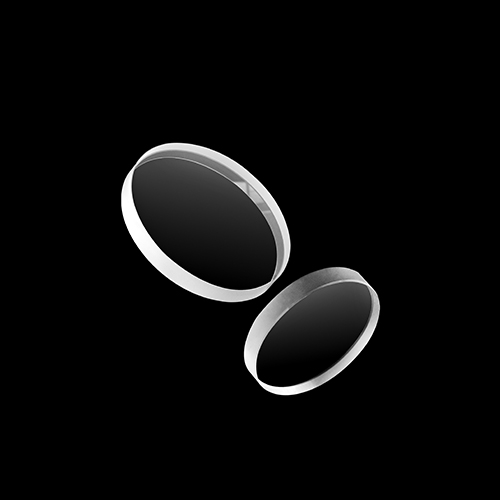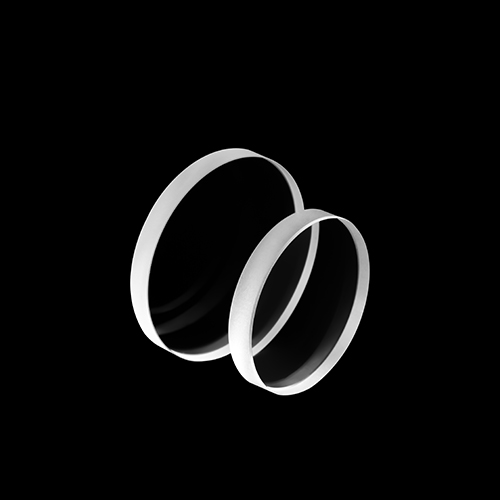A flat concave lens is a special type of lens that has the characteristics of one side being a sphere and the other side being a plane, and the middle is thinner than the two sides. This type of lens has a negative focal length and is mainly used to diverge a beam of parallel light. Its materials include K9 glass, fused silica, zinc selenide, zinc sulfide, germanium, silicon, lithium fluoride, calcium fluoride, barium fluoride and magnesium fluoride. So what is the imaging pattern of flat concave lenses?
1. Divergent light: has a divergent effect on light. After passing through a concave lens, light will diverge away from the optical axis.
2. Forming a virtual image: always forming a virtual image, that is, the image cannot actually appear on the screen, but can be observed by the human eye or other optical devices.
3. Reduced image: The formed image is always smaller than the object, which has the effect of reduction.
4. Upright image: The formed image is upright, that is, in the same direction as the object.
5. Focal length: Focal length is a point from the center of a lens to its rear, at which light rays parallel to the lens axis diverge after passing through the lens, and their reverse extension lines intersect at that point. For concave lenses, the focal length is negative because it diverges light rays.
6. Magnification less than 1: As the formed image always shrinks, its magnification (i.e. the ratio of image size to object size) is less than 1.
7. The relationship between object distance and image distance: There is no fixed conjugate relationship between object distance (distance from object to lens) and image distance (distance from image to lens) because the image is virtual. However, as the object distance increases, the image becomes slightly larger and closer to the lens.
The above is an answer to the imaging rules of flat concave lenses. We hope it is helpful to you. If you have any questions, please feel free to consult online or leave a message.

